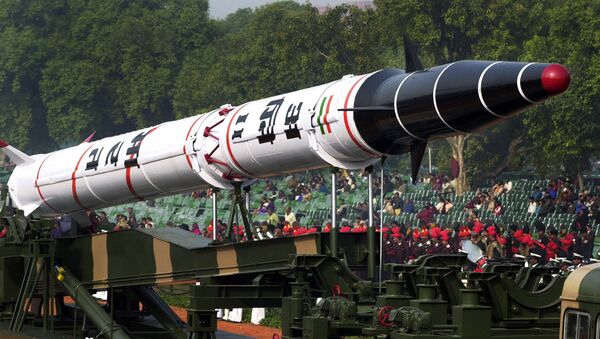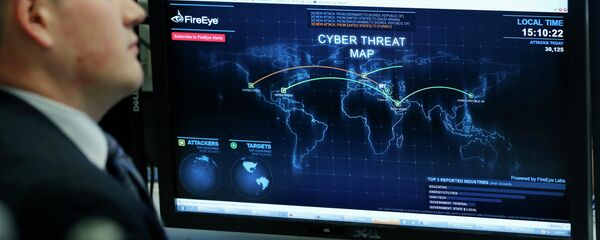With none of the 34 member countries objecting, India's entry into the MTCR has become imminent. For all intents and purposes, this development will enable India to purchase top-of-the-line missile systems and also make India a significant arms exporter for the first time.
MTCR is an export-control, not technology-sharing, cartel. Yet Indian press misleadingly says India now gains access to sensitive technology
— Brahma Chellaney (@Chellaney) June 8, 2016
There is more to this triumph than meets the eye. India now has its eyes firmly set on NSG membership to which China continues to be a major roadblock.
An insider to India's elite group of strategists told Sputnik that on the sidelines of the G-20 summit slated for September this year, the US could mediate between India and China for a quid pro quo arrangement wherein India could agree to not to oppose China's entry into the MTCR in exchange of support for NSG membership. India is in a strong position to exert pressure on the US to broker such an agreement as the long pending India-US Logistics Exchange Memorandum of Agreement (LEMOA) is yet to be officially signed upon. The two sides have so far only agreed upon the text of LEMOA.
US welcomes India's imminent entry to Missile Technology control regime (MTCR) (NSG next? India-US work together on mission NSG) @IndiaToday
— GAURAV C SAWANT (@gauravcsawant) June 7, 2016
Rajiv Nayan says, "Even if China is not part of MTCR, it will continue to manufacture and export weapons. But, joining the MTCR will be of greater advantage for China as it will have a role in policy making. Policies which are reference points for rules of technology and export."
In February this year, the China Daily quoted Shi Wen, Chief drone designer at the China Academy of Aerospace Aerodynamics, who said that China has so far exported military drones to more than 10 countries. Now, China is aiming higher because it estimates that by 2020, the global market of military drones could reach $10 billion.
Meanwhile, Prime Minister Narendra Modi is being praised at home for his foreign policy skills.
Leverage in action: India secured MTCR membership after Italy—which was blocking its admission—secured bail for its marine accused of murder
— Brahma Chellaney (@Chellaney) June 8, 2016
Yet another diplomatic brownie point for India as we become the 35th member of the Missile Technology Control Regime (MTCR). #ModiInUS
— Rao Inderjit Singh (@Rao_InderjitS) June 8, 2016
Rajiv Nayan of the Institute of Defense Studies and Analysis says, "Despite tall claims by US, it never supports India in developing nuclear and ballistic weapons. It continues to ban transfer of ballistic technology to India. Nonetheless, India has developed on its own almost all MTCR listed weapons. We have all the capabilities, while we remain committed to non-proliferation. Finally, the world has accepted this."
He is performing and that too very well. That's why called him Vishwanayak.
— ❅ Keep Smiling (@upma23) June 8, 2016
#NaMoGetsMTCR





